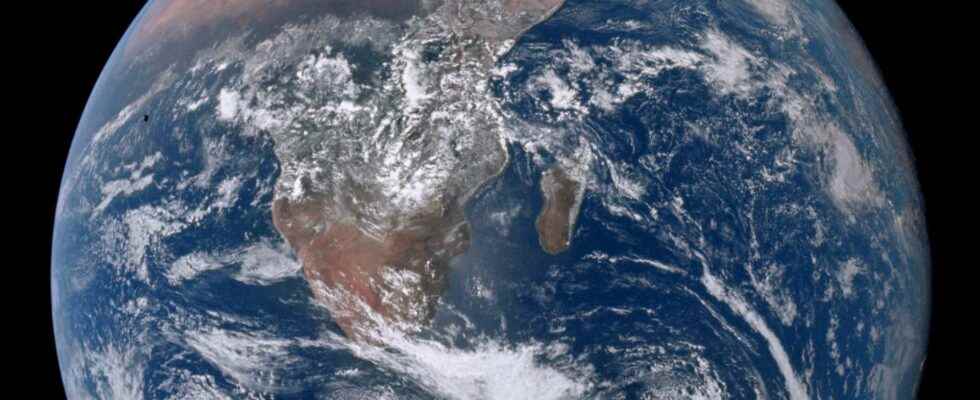You will also be interested
[EN VIDÉO] The 42 largest asteroids in the Main Belt scanned by the VLT The VLT’s Sphere instrument has observed the largest Main Belt asteroids between Mars and Jupiter.
Missions Apollo and the interplanetary probes launched during the 1970s made it possible to broadly confirm a scenario elaborated in the preceding decades giving birth to planets and comets in a protoplanetary disk rich in gas and dust surrounding a young Sun about 4.56 billion years ago.
This scenario brings out and grows the rocky planets like the earth, Mercury or March by accretionwith a bombardment ofasteroids and comets, traces of which can still be found in the form of lunar craters. The water in the oceans on Earth must come from this bombardment, but for decades the debate has continued regarding the exact nature of the small celestial bodies responsible for this contribution. In other words, does the water mainly come from comets or asteroids?
Futura has devoted many articles to this debate and today a new piece has just been brought to it via an article in Nature Astronomy. It reports certain results from the analyzes of the samples of matter reported to Earth at the end of 2020 by the Japanese probe Hayabusa-2. These samples come from the asteroid Ryugu (“Dragon Palace”, in Japanese), a member of the Apollo family of asteroids, type C because of composition close to the chondrites found on Earth, and which is located more than 300 million kilometers from our Planet.
Less than 900 meters in diameter, the study of its samples confirmed that it contained original material dating from the formation of the Solar system and which had been little altered despite traces of heating and water circulation liquid but whose temperature must not have exceeded 30°C.
Hydrogen isotopes as cosmogonic tracers
Cosmochemists studying the samples of Ryugu explain today that the analyzes of abundances of hydrogen and nitrogen isotopes point out once again the relationship between the water of asteroids and that of the oceans on Earth.
To understand what it is, just remember that there are naturally two types of water, one, ordinary, is made ofatoms ofhydrogen H with a single proton for core; the other, called heavy, is made of deuterium D atoms, so a nucleus with a proton and a neutron.
A fraction of the water on Earth is made up of molecules containing deuterium instead of a hydrogen atom. We can thus define a D/H isotopic ratio which is a tracer of the origin of ocean water in cosmochemistry.
By comparing this relationship with that found in meteorites and comets, it is therefore possible to determine which were the parents of the water of the oceans. For years, the thesis of an origin of this water by volcanic outgassing of the young Earth has been abandoned and the pendulum has not stopped tilting alternately either on the side of the comets or on the side of the meteorites.
The study of meteorites on Earth – which mainly come from the main asteroid belt – has made it possible to establish that on average, the D/H ratio was of the order of 140 ppm whereas this ratio, when determined in certain comets, was between 150 and 300 ppm. As on Earth it is around 150 ppm, the cometary hypothesis has been disproved, or at the very least, comets would not be, by far, the main source of water on Earth.
Ryugu’s analyzes therefore support the asteroid hypothesis.
The Solar System is a laboratory for studying the formation of giant planets and the origin of Life that can be used in conjunction with the rest of the observable Universe for the same purpose. MOJO: Modeling the Origin of JOvian planets, i.e. modeling the origin of the Jovian planets, is a research project that has resulted in a series of videos presenting the theory of the origin of the Solar System and in particular of the gas giants by two specialists renowned, Alessandro Morbidelli and Sean Raymond. To obtain a fairly accurate French translation, click on the white rectangle at the bottom right. The English subtitles should then appear. Then click on the nut to the right of the rectangle, then on “Subtitles” and finally on “Translate automatically”. Choose “French” © Laurence Honnorat
Interested in what you just read?
